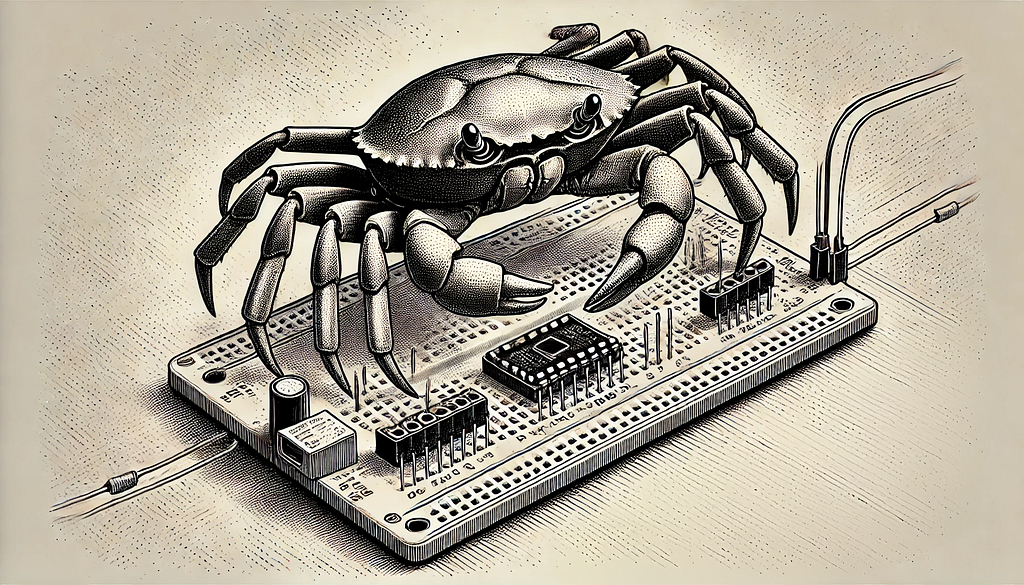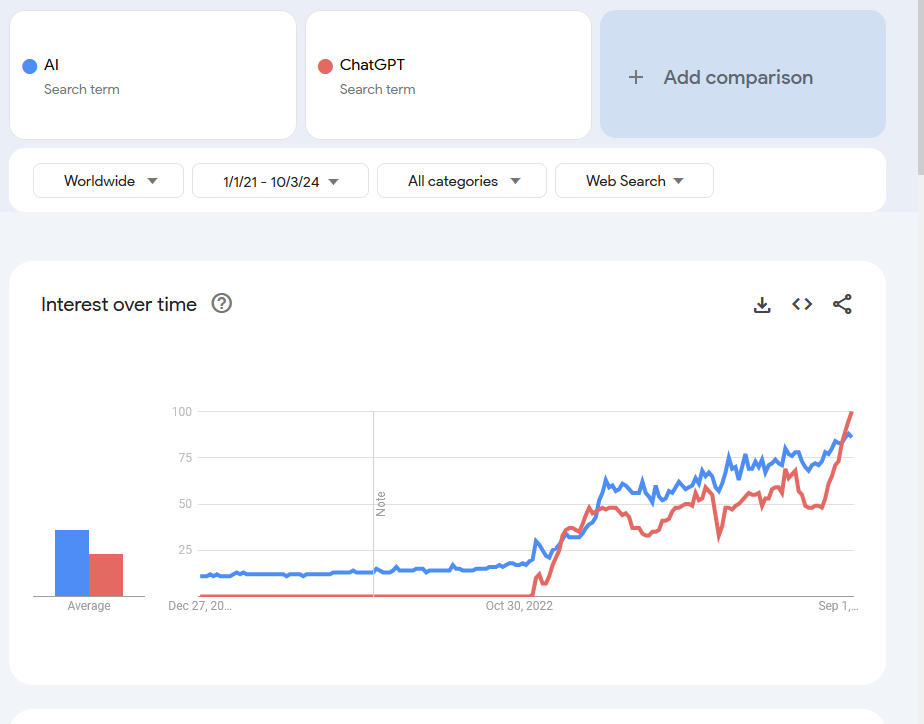Bria AI introduces advanced image generation models in Amazon SageMaker JumpStart. Bria 2.3, 2.2 HD, and 2.3 Fast offer high-quality visuals for various industries, with options for photorealism, high-definition, and speed optimization.
Amazon SageMaker introduces SageMaker Core, a Python SDK for ML lifecycle management. This SDK simplifies tasks with object-oriented interfaces, replacing lengthy JSON dictionaries for a more intuitive developer experience.
Harnessing generative AI and Amazon Bedrock, organizations can simplify, accelerate, and scale cloud migration assessments. By utilizing Amazon Bedrock Agents and Knowledge Bases, a migration assistant application rapidly generates plans, R-dispositions, and cost estimates for AWS migrations, significantly speeding up the planning phase.
Amazon SageMaker Ground Truth is a data labeling service by AWS for various data types, supporting generative AI. It offers a self-serve option and SageMaker Ground Truth Plus for managing projects efficiently.
Amazon Bedrock Agents facilitate generative AI applications by orchestrating tasks, calling APIs, and applying fine-grained access controls. Verified Permissions integrates with agents to provide contextually aware access controls for secure application workflows.
Learn to generate new images from existing ones using diffusion models, like in SDEdit, which edits images based on text prompts. This technique simplifies the generation process and improves image reconstruction accuracy.
Florence-2 by Microsoft, a compact Vision-Language Model, excels in image annotation tasks with zero-shot capabilities. Pre-trained on FLD-5B, it supports tasks like captioning, object detection, segmentation, and OCR in a single model.
Large Language Models (LLMs) are said to have ‘emergent properties’, but the definition varies. NLP researchers debate if these properties are learned or inherent, impacting research and public perception.
Linear Discriminant Analysis (LDA) helps identify critical data features in large datasets, distinguishing important features from less relevant ones. LDA is a supervised method that reduces dimensionality and explains failure patterns, making it ideal for industrial data analysis.
Learn how to port Rust projects to nostd environments for embedded devices, overcoming unique challenges and limitations. Follow nine rules to simplify the process, including using Cargo features and preallocated data types.
Dead animals at Museum of Zoology will share stories through AI on visitors' phones. American cockroach, dodo remains among creatures talking for a month.
Asio director Mike Burgess warns of social media radicalization, AI exacerbating extremism threat. Social media described as both a goldmine and a cesspit by the head of Australia's peak intelligence agency.
DER SPIEGEL is developing a News Recommender System, using a mixed-methods approach to optimize content personalization. By combining historical click data with user surveys, they aim to better understand and predict reader behavior for improved recommendations.
Customers are exploring generative AI for business improvements. Amazon Bedrock Knowledge Bases enhance LLM responses for generative AI tasks.
AI models like ChatGPT are ubiquitous and beneficial, but Generative AI poses challenges with misinformation and ethical concerns. Hype around AI, exemplified by NVIDIA's stock surge, raises questions about its societal impact and potential risks.















